Wild Wild Country Questions Your Reality
(Courtesy of Facebook)
April 11, 2018
Hang on for a minute...we're trying to find some more stories you might like.
Email This Story
By Audrey Annison
In the past couple of weeks, there is a good chance that you have heard of the Way Brothers’ new six-part documentary series on Netflix, “Wild Wild Country.”
With a “100% Certified Fresh” rating on Rotten Tomatoes, this cult mystery has taken the country by storm, sucking in each viewer as tactfully as a well-run cult would itself, and no doubt leaving them with almost as many questions on the other side.
It’s a story of sex, drugs, biological warfare, religious freedom and blended beavers (yes, blended beavers), as well as strong female characters with questionable and somewhat irregular tendencies.
All stories are recounted firsthand by the people who were right there in the middle of it. If you’re hooked already, stop here and go watch it. It’s better if you go in blind.
The story begins in the town of Antelope, Oregon, which one resident refers to as a “quiet little spot in the middle of nowhere.” Quiet little spots like this tend to bring forth the most human stories, and “Wild Wild Country” proves to be no exception.
At its heart, the story takes the shape of, as suggested by its title, the classic Western: a new man with new ideas enters a small, peaceful town and shakes things up. Except, this time that man plans to bring with him 10,000 more who worship his every word, have public sex and wear nothing but the color red. When the people of Antelope are less than accepting of their new neighbors, the Rajneeshes, they begin to take steps to have them removed.
The Rajneeshes, confident in their right to religious freedom, enter the situation with a fearless attitude.
Rather than sitting tight and waiting for America to protect them, they fully realize their power as a large community and take over Antelope’s population of 40-something flushing out all but one of its representatives on the City Council, renaming it and making it their own.
They enter every dispute with this same ferocity, willing to take whatever measures necessary to protect their commune, all of which are planned and executed by their tireless leader, Ma-Anand Sheela, who proclaims that she does “not believe in turning the other cheek.”
Throughout its six, hour-long pieces, the story continues to intensify, with each turn of events wilder than the last. And, coming to the end, I was left with feelings and questions as intricate and deep-cutting as the story which had just been presented.
“Wild Wild Country” presents multiple sides of the same story but will leave you not wanting to choose, or searching for a lesser of the evils.
It will show you what happens to peace when it is threatened, and lead you to question whether or not more than one separate idea of peace can exist in a world where they are forced to interact.
It may have you questioning the reality of religious freedom in the United States and the reality of truly manipulative people and groups in this world that retain power and preach peace.
It may have you wondering what other communities may look like if shrunken down, put under a spotlight and forced to fight for what it believes to be sacred.
It may leave you in a 3 a.m. crisis, crawling back to your fourth time through “The Office” to distract you from the real cruel world so that you can get some sleep.
There is so much to be gained through reflection on this series, and I would recommend it based on that alone.
But even if it does not resonate with you that way, what precedes the questions raised is a story which is consistently stranger-than-fiction (just wait for the beavers): a cult mystery full of complicated characters and plot twists too good to be contrived.
It is the kind of story that can only be real life, and the kind that can only have sprouted from a “quiet little spot in the middle of nowhere.”
This is what escalates it from a documentary you should watch to one you need to watch. I wholeheartedly recommend.
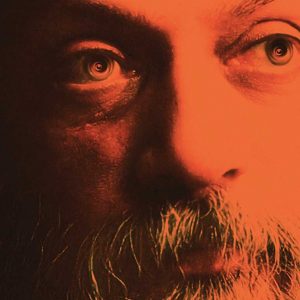
Netflix documentary “Wild Wild Country” concerns guru Bhagwan Shree Rajneesh and his followersin Northern Oregon. (Courtesy of Facebook)

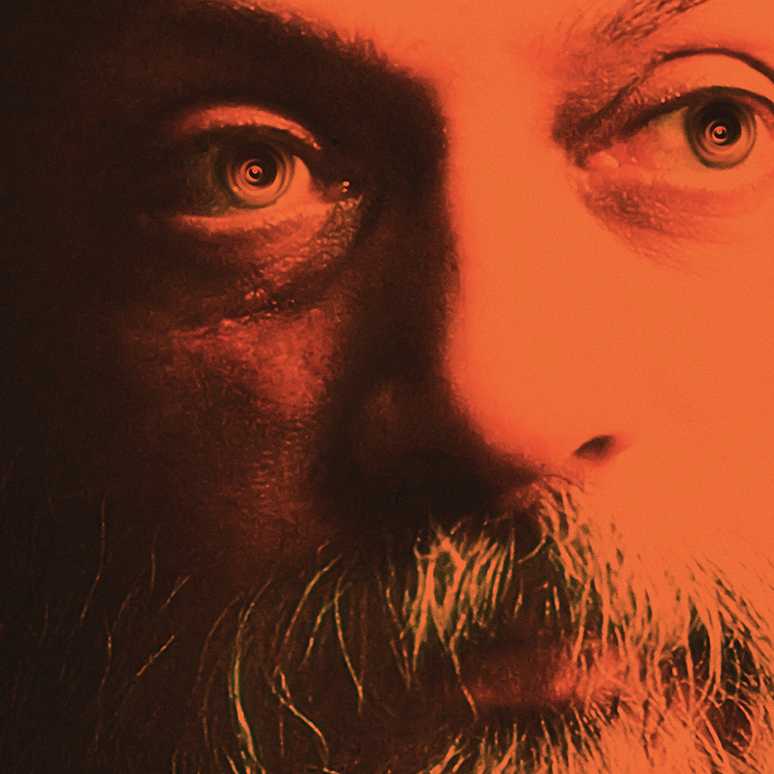




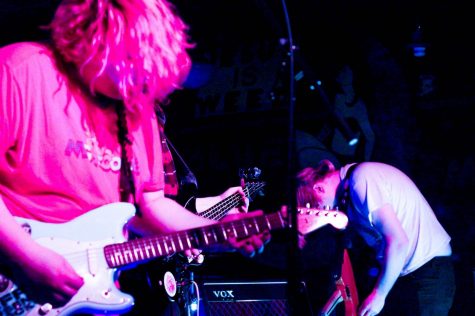
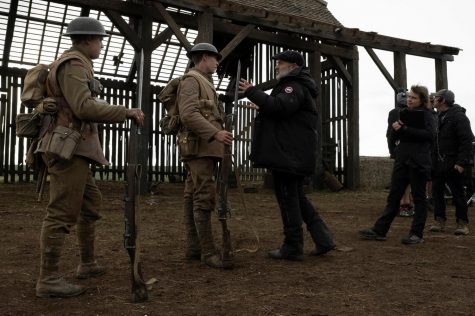

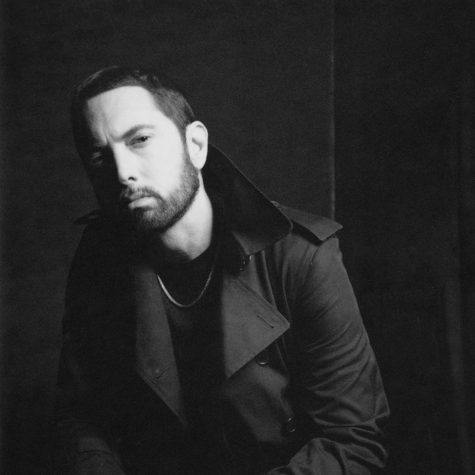


If you want a picture to show with your comment, go get a gravatar.